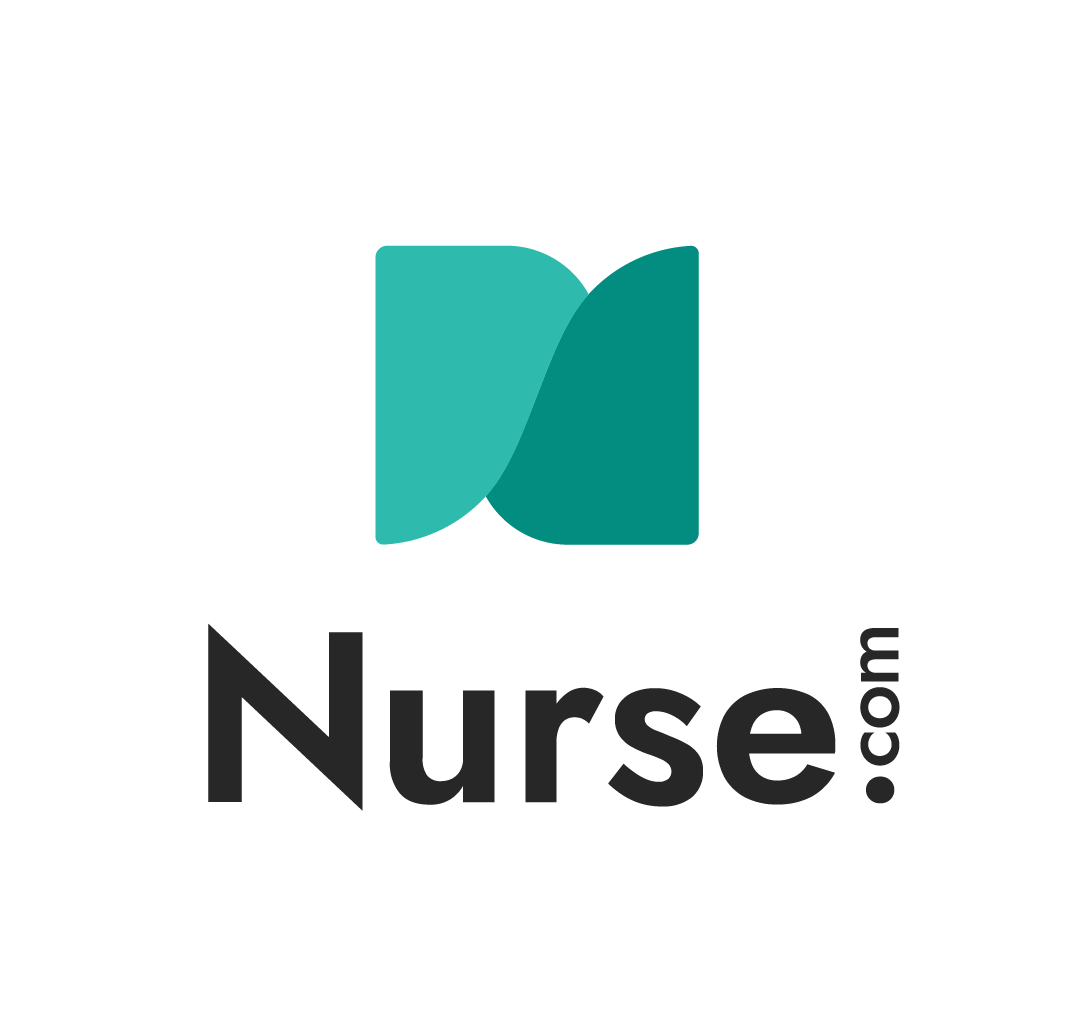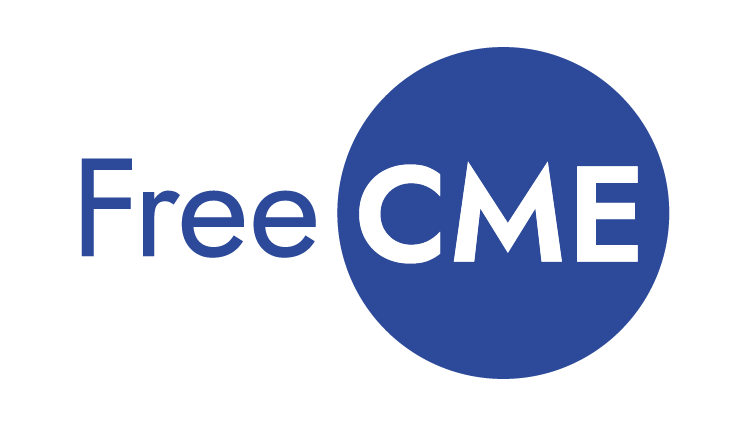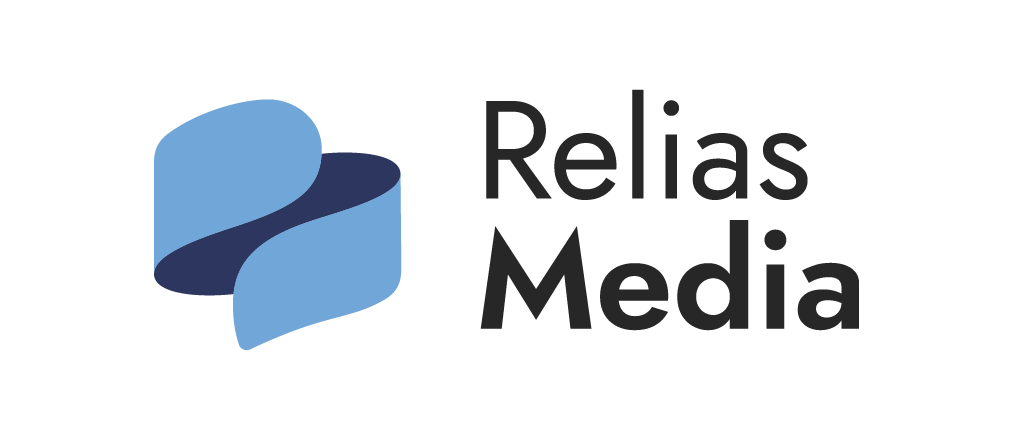Data volumes continue to increase at an exponential rate – with the mass adoption of EMR systems, data creation and collection will continue to outpace the ability to analyze it. Shifting your focus from hiring more analysts to automating decision support will help improve patient care and reduce unnecessary variation.
Almost every industry has used automation and technology to augment staffing needs outside of healthcare. With increasingly vast amounts of data and unpredictable reimbursements as healthcare moves from volume to value, it is time to identify where efficiencies can be improved.
What Isn’t Working
Traditional approaches to change often resemble the following: define the project and outcomes, outline the budget, timeline, and staff required; estimate ongoing maintenance costs and staffing needs; allocate or divert resources. Although this process has worked in the past, the time and resource constraints that inevitably surface carry greater consequences in today’s healthcare market.
Placing the burden on analysts and IT teams also takes the data ownership out of providers’ hands, where context and experience could translate data into change. Engaging physicians is essential for successful performance improvement, and a slow process with dashboards that physicians cannot drill into often get in the way of provider engagement.
Additionally, teams tasked with developing internal solutions can be sidelined by competing priorities – and when patient care and safety are the goal, it’s hard to argue against initiatives that support those aims.
Vary Your Approach
This is where performance management solutions can deliver significant value for hospitals and health systems looking to thrive in the world of value-based care. Rather than allocating staff and worrying about when the project will be delivered and how effective it will be, why not automate the delivery of performance insights to providers and leaders?
Personalized performance dashboards show clinicians and care teams where to focus their improvement efforts, and allow IT to focus on critical efforts elsewhere in the organization. After all, automation is making waves elsewhere, why not put it to work for you?






